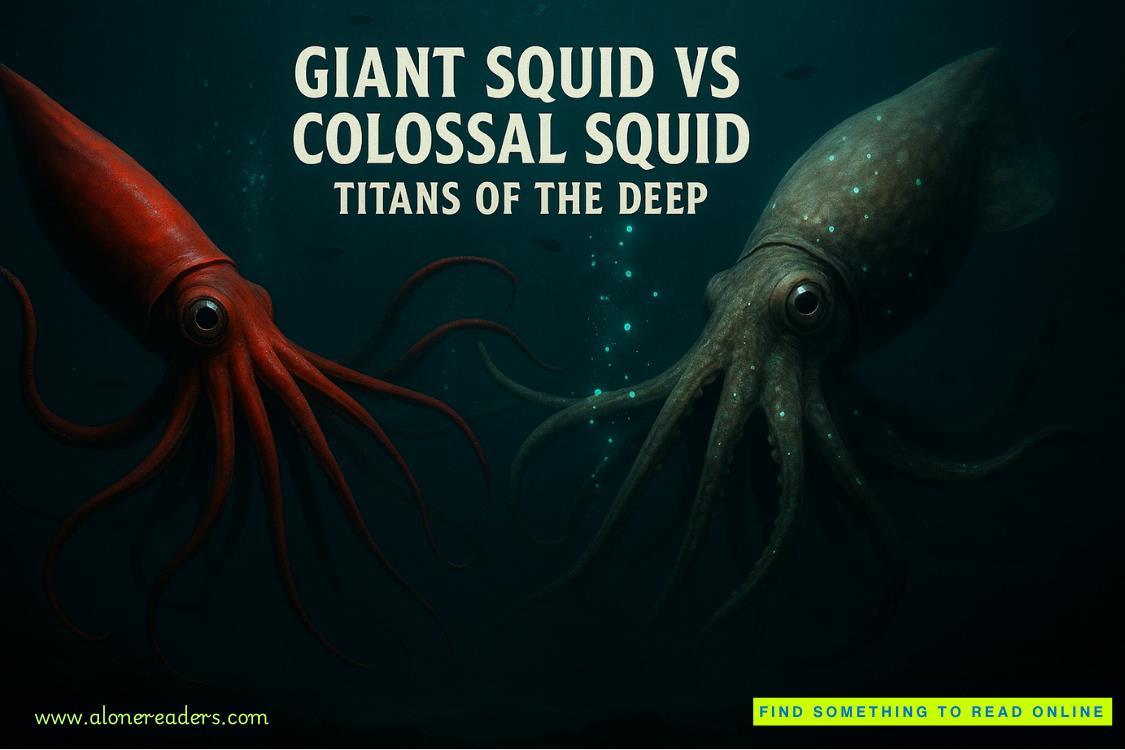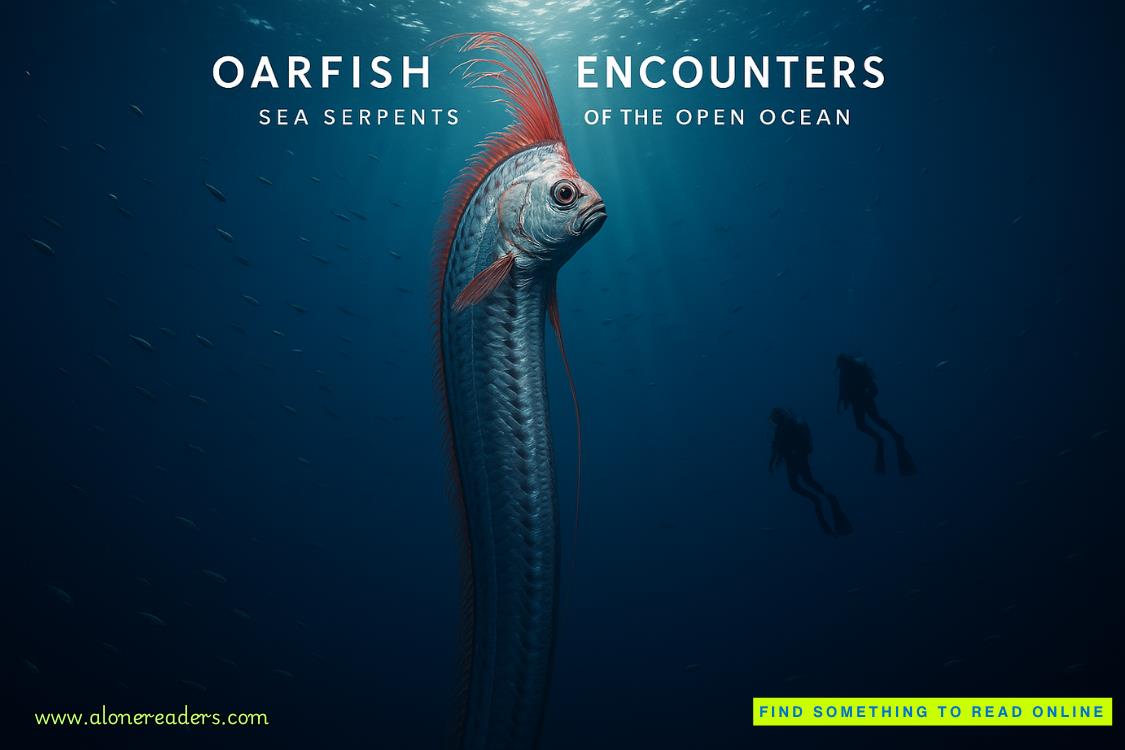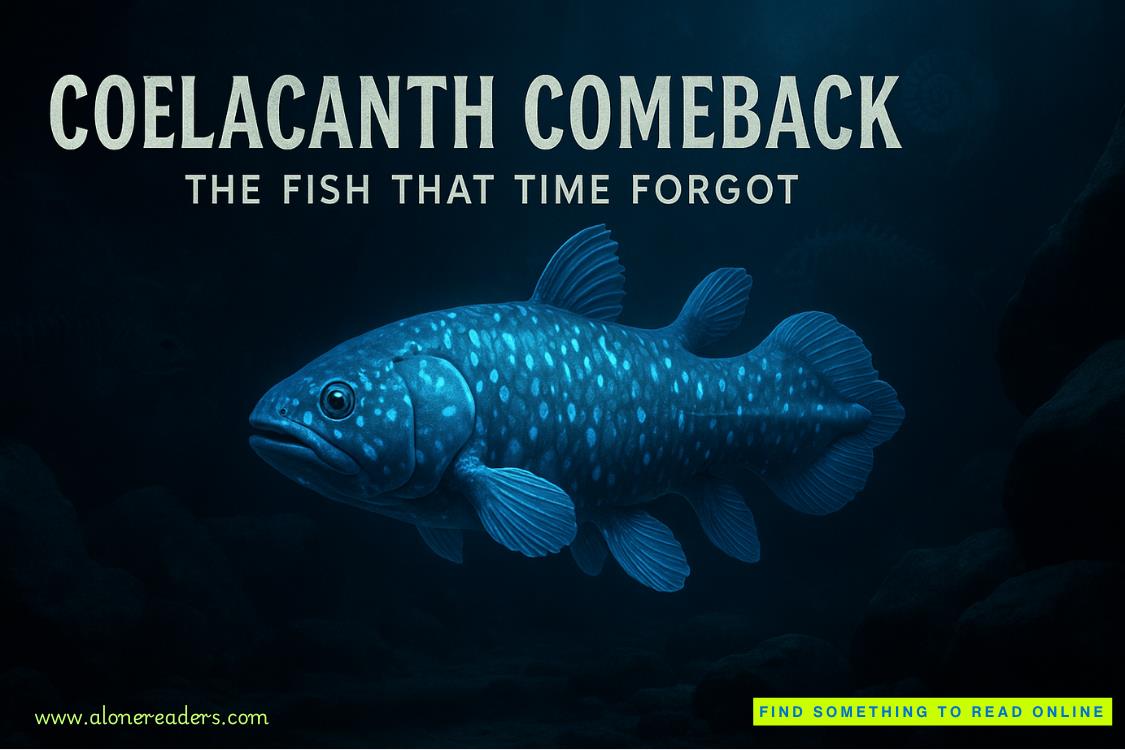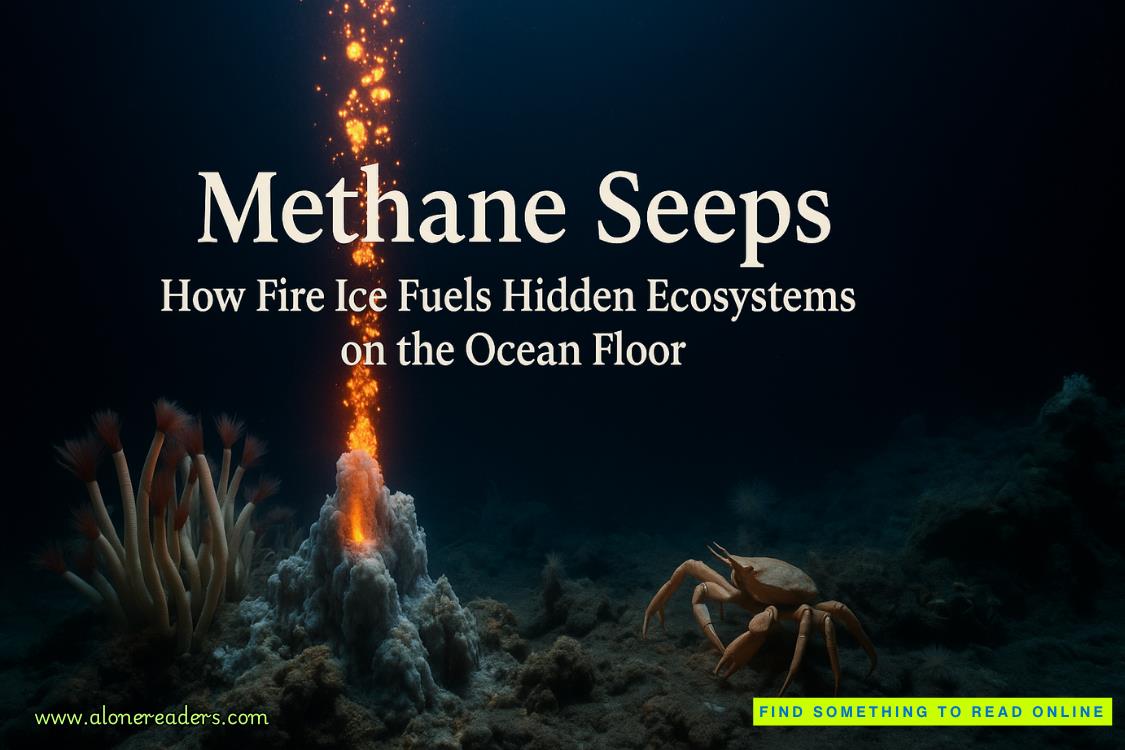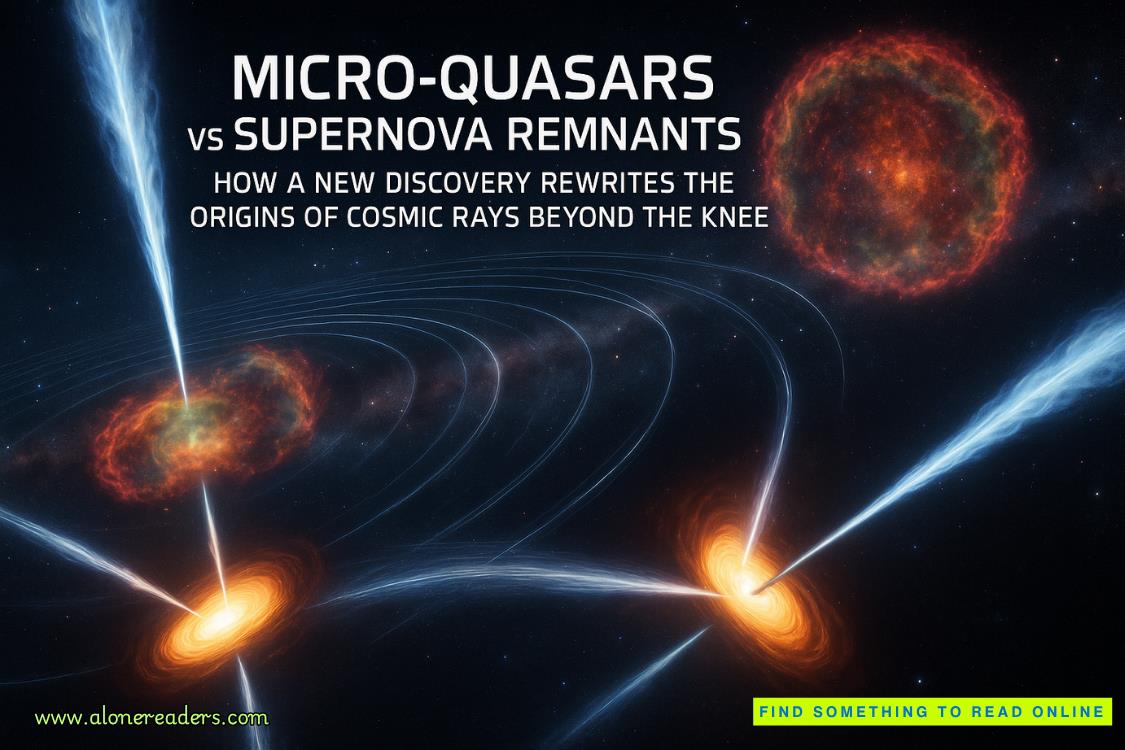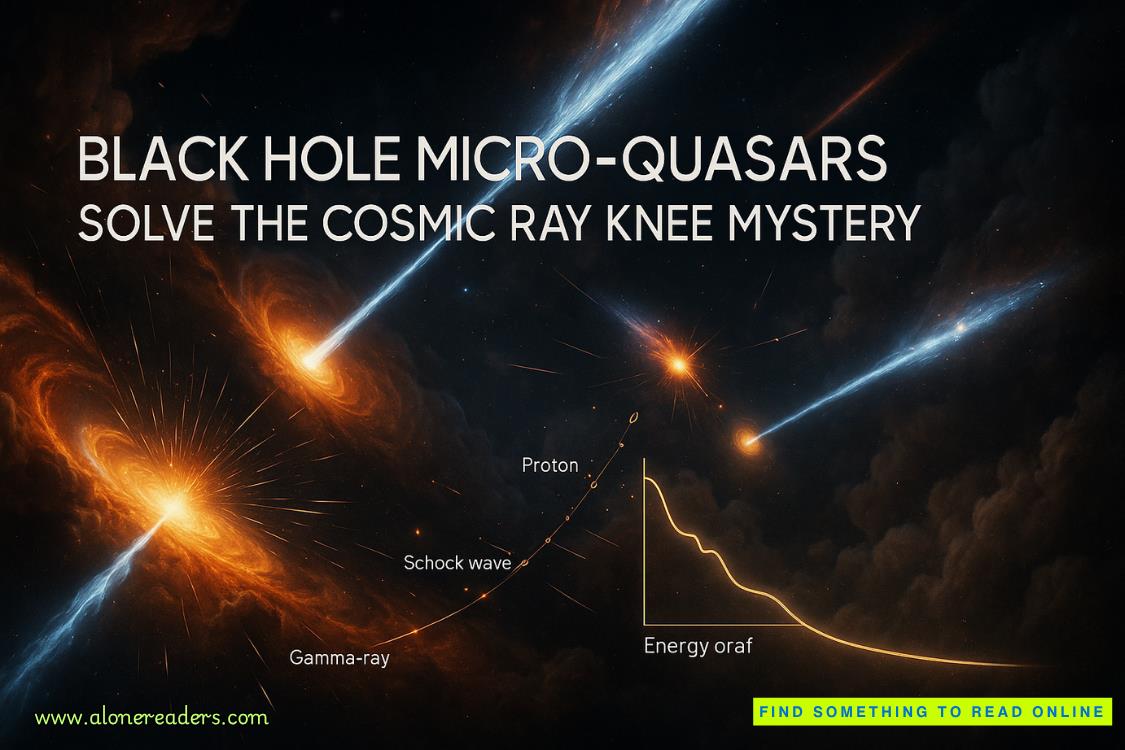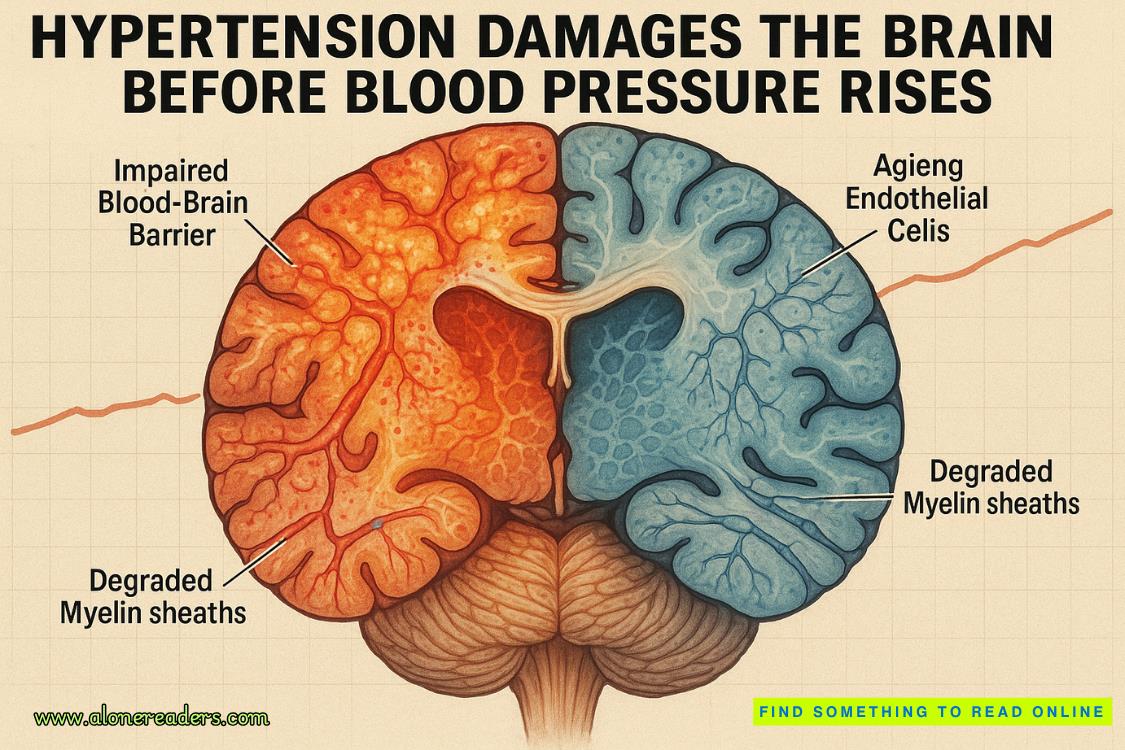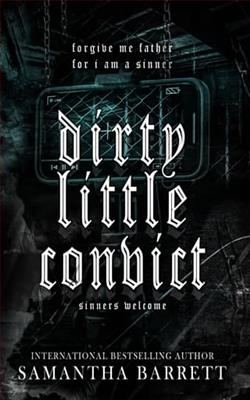Page 2 of Norse Mythology
In Muspell, at the edge of the flame, where the mist burns into light, where the land ends, stood Surtr, who existed before the gods. He stands there now. He holds a flaming sword, and the bubbling lava and the freezing mist are as one to him.
It is said that at Ragnarok, which is the end of the world, and only then, Surtr will leave his station. He will go forth from Muspell with his flaming sword and burn the world with fire, and one by one the gods will fall before him.
II
Between Muspell and Niflheim was a void, an empty place of nothingness, without form. The rivers of the mist world flowed into the void, which was called Ginnungagap, the “yawning gap.” Over time beyond measure, these poisoned rivers, in the region between fire and mist, slowly solidified into huge glaciers. The ice in the north of the void was covered in frozen fog and pellets of hail, but to the south, where the glaciers reached the land of fire, the embers and the sparks from Muspell met the ice, and warm winds from the flame lands made the air above the ice as gentle and as comfortable as a spring day.
Where the ice and the fire met the ice melted, and in the melting waters life appeared: the likeness of a person bigger than worlds, huger than any giant there will be or has ever been. This was neither male, nor was it female, but was both at the same time.
This creature was the ancestor of all the giants, and it called itself Ymir.
Ymir was not the only living thing to be formed by the melting of the ice: there was also a hornless cow, more enormous than the mind could hold. She licked the salty blocks of ice for food and for drink, and the milk that ran from her four udders flowed like rivers. It was this milk that nourished Ymir.
The giant drank the milk, and grew.
Ymir called the cow Audhumla.
The cow’s pink tongue licked people from the blocks of ice: the first day only a man’s hair, the second his head, and the third day the shape of a whole man was revealed.
This was Buri, the ancestor of the gods.
Ymir slept, and while it slept, it gave birth: a male and a female giant were born from beneath Ymir’s left arm, a six-headed giant born from its legs. From these, Ymir’s children, all giants are descended.
Buri took a wife from among these giants, and they had a son, whom they called Bor. Bor married Bestla, daughter of a giant, and together they had three sons: Odin, Vili, and Ve.
Odin and Vili and Ve, the three sons of Bor, grew into manhood. They saw as they grew, far off, the flames of Muspell and the darkness of Niflheim, but they knew that each place would be death to them. The brothers were trapped forever in Ginnungagap, the vast gap between the fire and the mist. They might as well have been nowhere.
There was no sea and no sand, no grass nor rocks, no soil, no trees, no sky, no stars. There was no world, no heaven and no earth, at that time. The gap was nowhere: only an empty place waiting to be filled with life and with existence.
It was time for the creation of everything. Ve and Vili and Odin looked at each other and spoke of what was needful to do, there in the void of Ginnungagap. They spoke of the universe, and of life, and of the future.
Odin and Vili and Ve killed the giant Ymir. It had to be done. There was no other way to make the worlds. This was the beginning of all things, the death that made all life possible.
They stabbed the great giant. Blood gushed out from Ymir’s corpse in unimaginable quantities; fountains of blood as salt as the sea and gray as the oceans gushed out in a flood so sudden, so powerful, and so deep that it swept away and drowned all the giants. (Only one giant, Bergelmir, Ymir’s grandson, and his wife survived, by clambering onto a wooden box, which bore them like a boat. All the giants we see and we fear today are descended from them.)
Odin and his brothers made the soil from Ymir’s flesh. Ymir’s bones they piled up into mountains and cliffs.
Our rocks and pebbles, the sand and gravel you see: these were Ymir’s teeth, and the fragments of bones that were broken and crushed by Odin and Vili and Ve in their battle with Ymir.
The seas that girdle the worlds: these were Ymir’s blood and his sweat.
Look up into the sky: you are looking at the inside of Ymir’s skull. The stars you see at night, the planets, all the comets and the shooting stars, these are the sparks that flew from the fires of Muspell. And the clouds you see by day? These were once Ymir’s brains, and who knows what thoughts they are thinking, even now.
III
The world is a flat disk, and the sea encircles the perimeter. Giants live at the edges of the world, beside the deepest seas.
To keep the giants at bay, Odin and Vili and Ve made a wall from Ymir’s eyelashes and set it around the middle of the world. They called the place within the wall Midgard.
Midgard was empty. The lands were beautiful, but nobody walked the meadows or fished in the clear waters, nobody explored the rocky mountains or stared up at the clouds.
Odin and Vili and Ve knew that a world is not a world until it is inhabited. They wandered high and low, looking for people, and they found nothing. At last, on the rocky shingle at the edge of the sea, they found two logs, sea-tossed, that had floated there on the tides and been cast ashore.
The first log was a log of ash wood. The ash tree is resilient and handsome and its roots go deep. Its wood carves well and will not split or crack. Ash wood makes a good tool handle, or the shaft of a spear.
The second log they found, beside the first on the beach, so close to the first log they were almost touching, was a log of elm wood. The elm tree is graceful, but its wood is hard enough to be made into the toughest planks and beams; you can build a fine home or a hall from elm wood.
The gods took the two logs. They set the logs so they were upright on the sand, the height of people. Odin held them, and one by one he breathed life into them. No longer were they dead logs on a beach: now they were alive.
